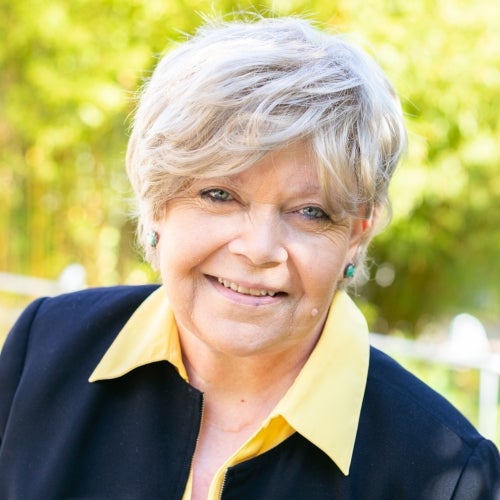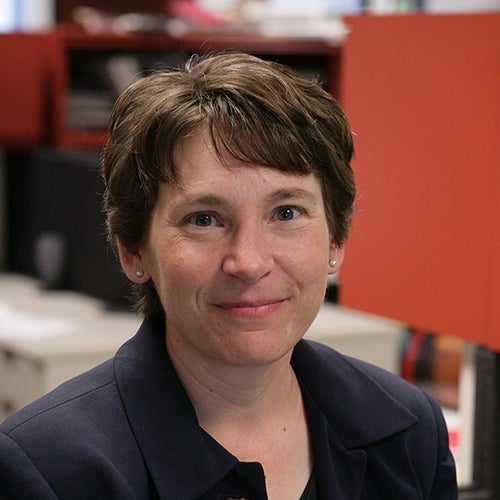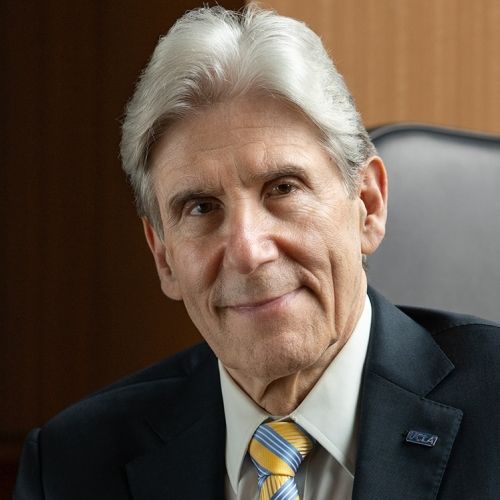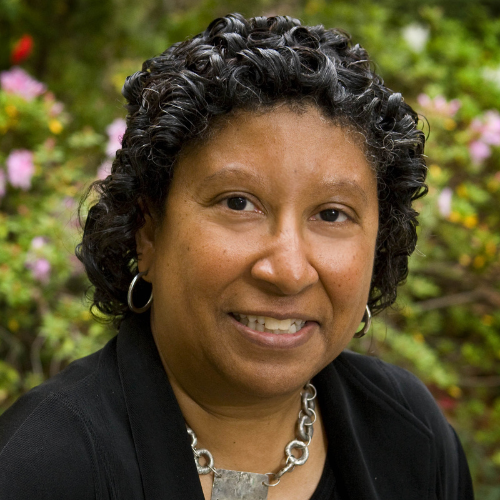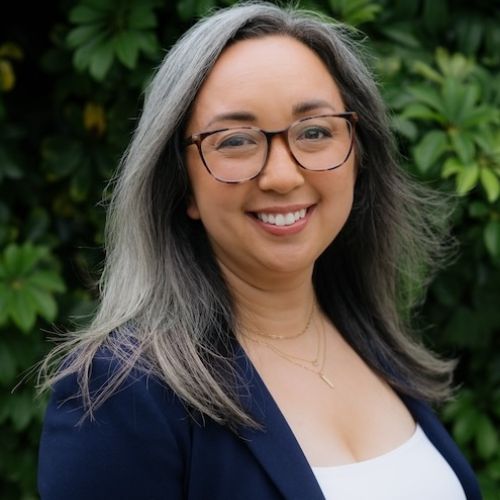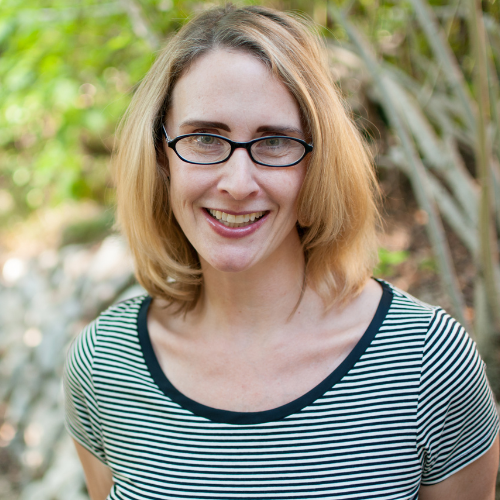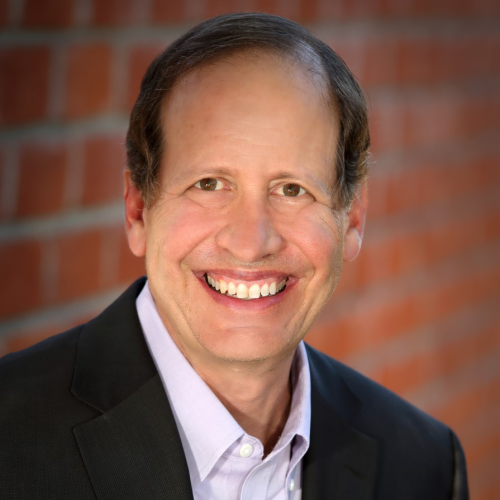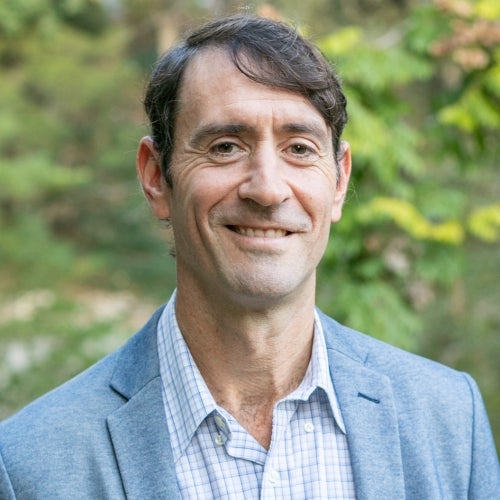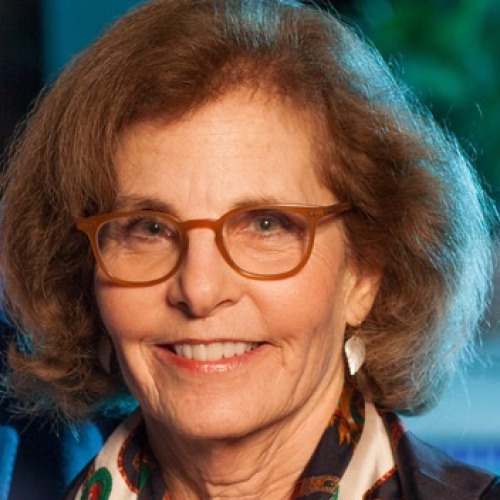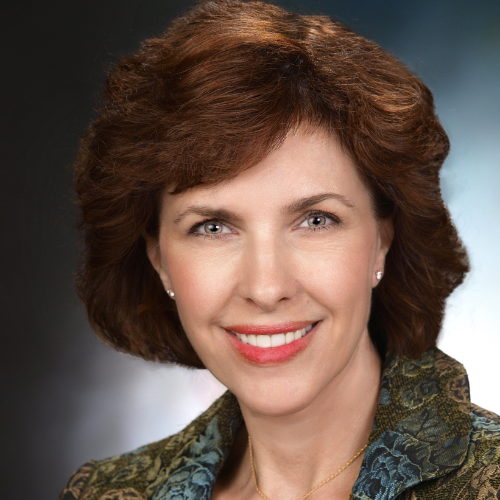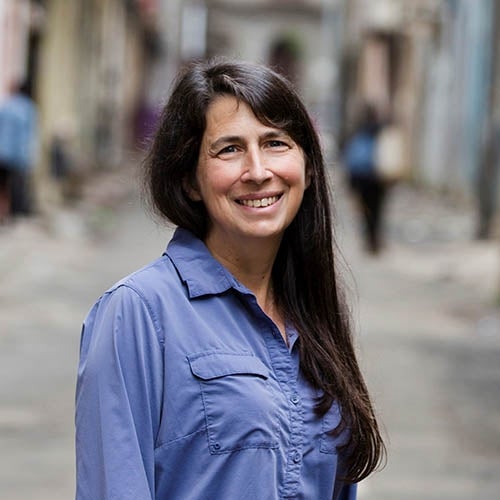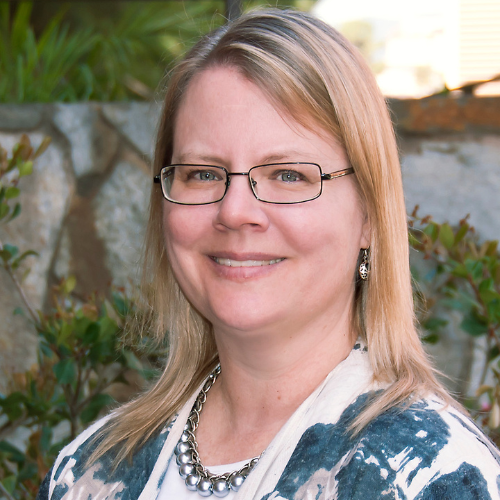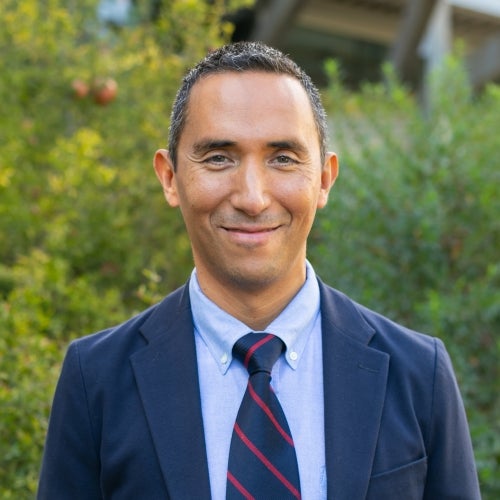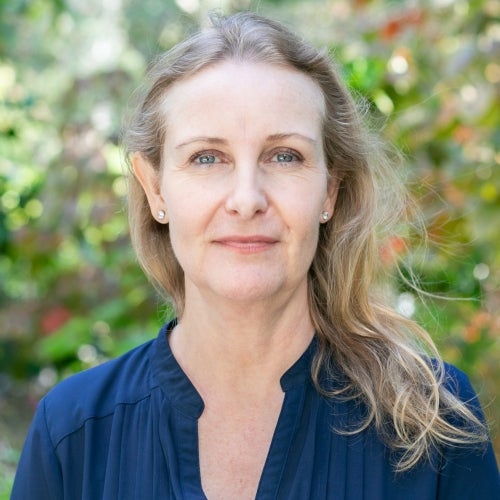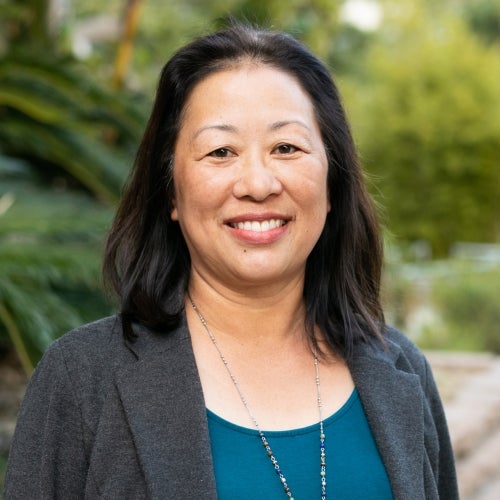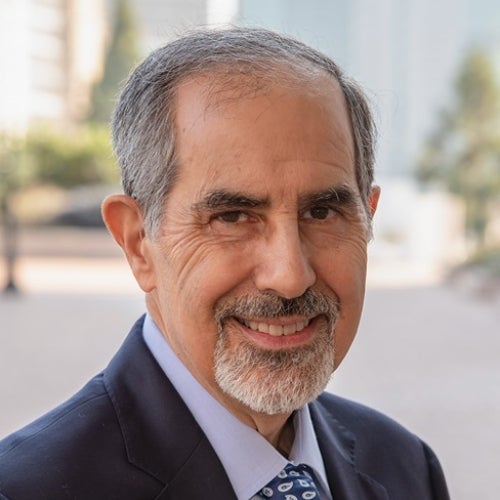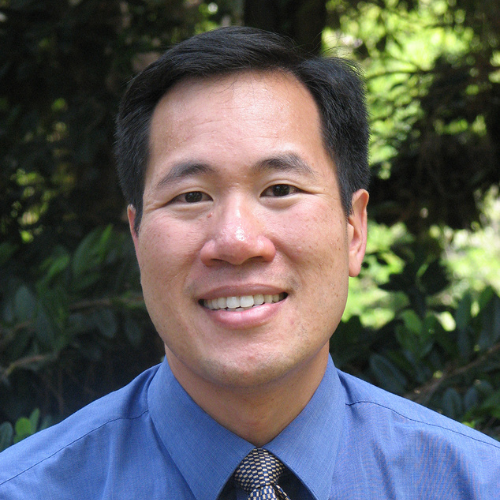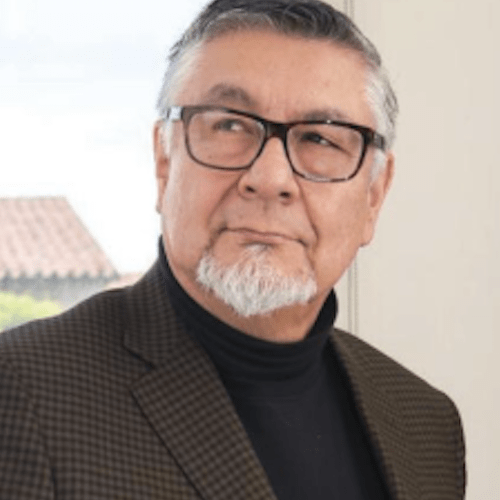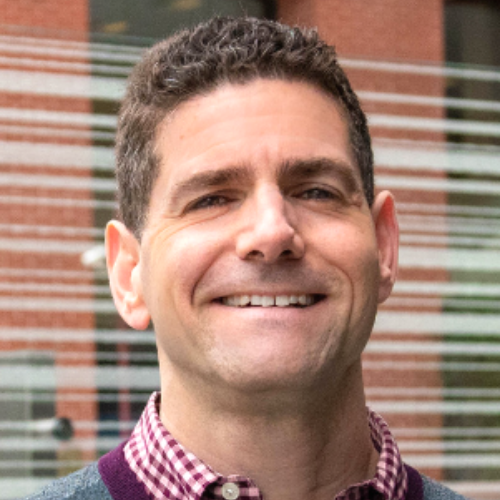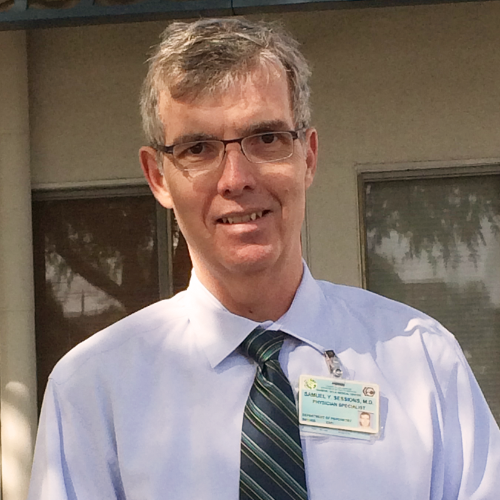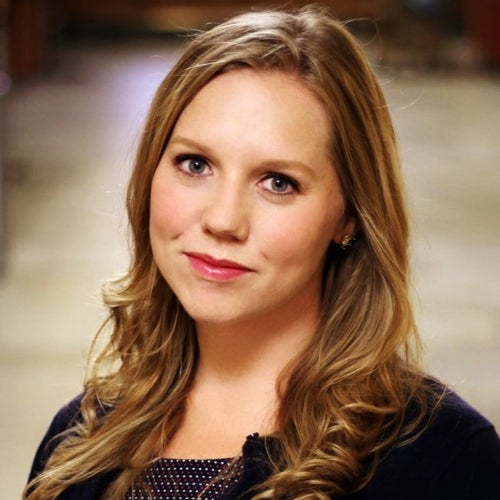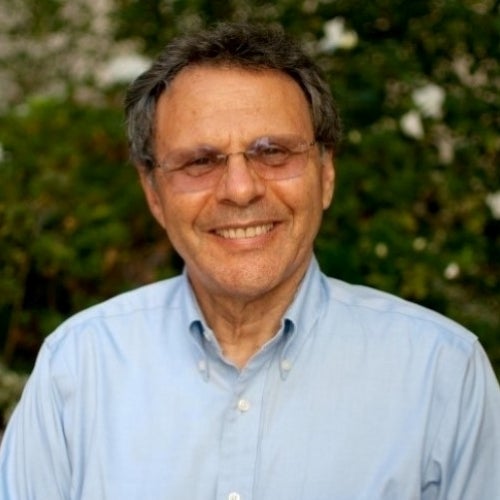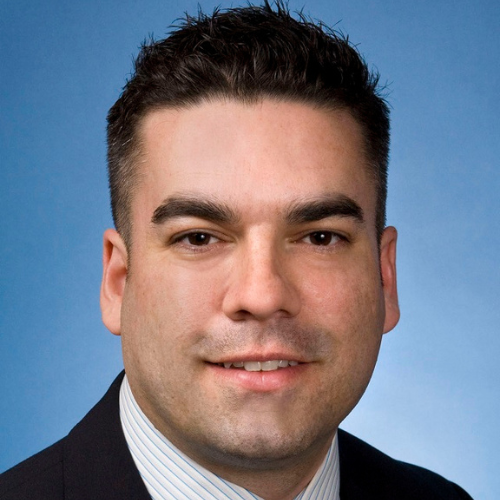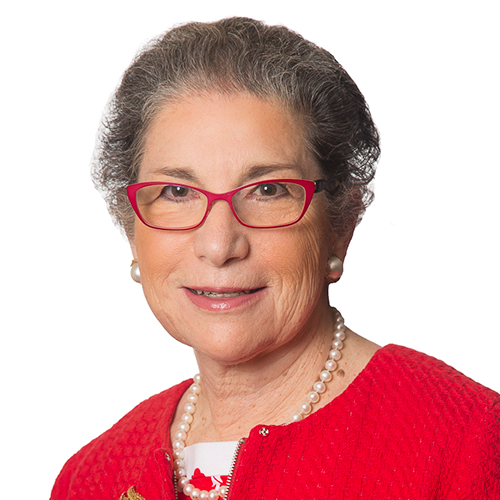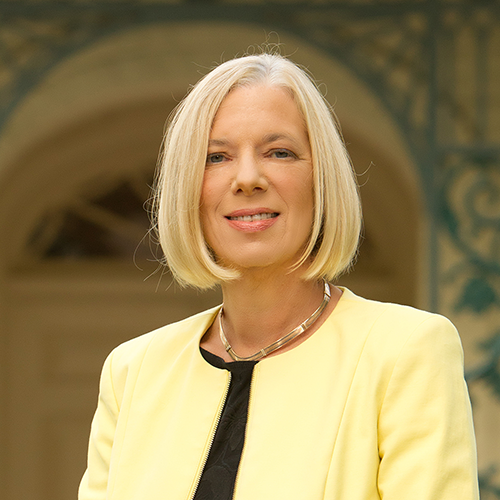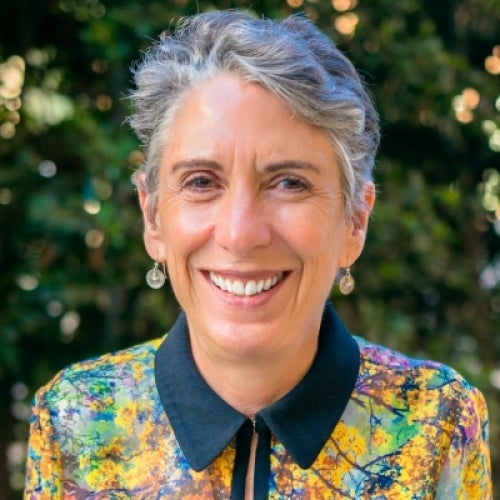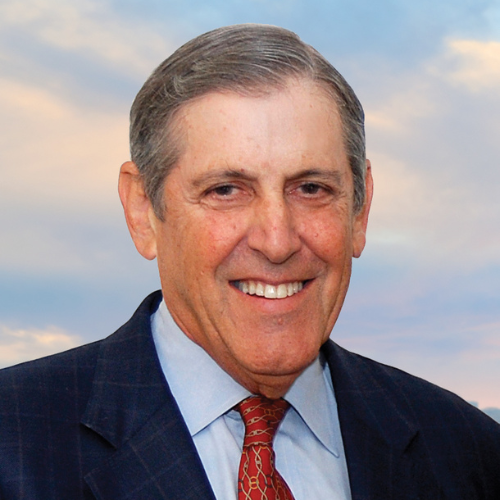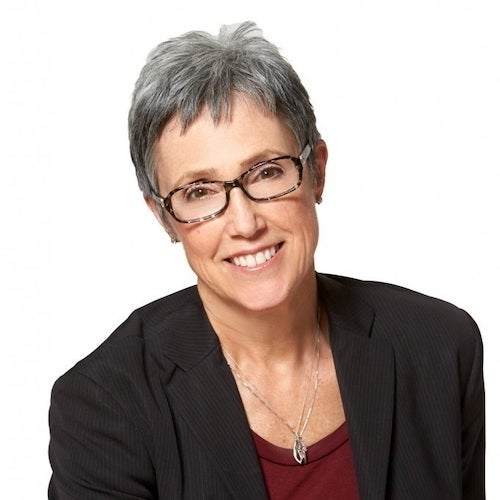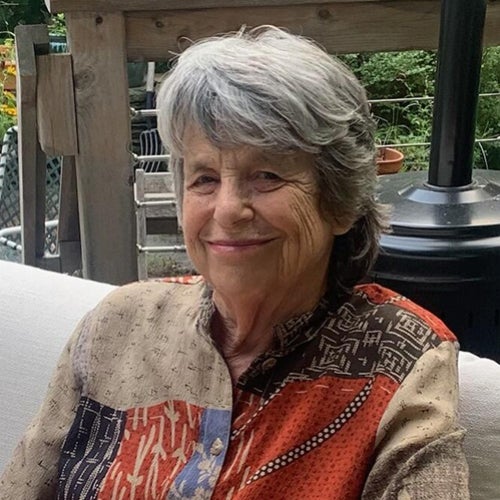Health uninsurance rate in California remained low in 2018, survey finds
The percentage of Californians without health insurance remained stable and low in 2018, thanks to actions by state legislators, according to a policy brief produced by the Fielding School's Center for Health Policy Research. The findings are unlike the rest of the nation, which saw an increase in the rate of uninsurance.
The uninsured rate dropped nearly by half to 8.1% last year, compared with 15.5% in 2013, according to the brief. Insurance coverage is one of many topics covered in newly released data from the 2018 California Health Interview Survey.
The 2018 edition of the survey, which includes responses from 23,195 children, adolescents and adults, is the nation’s largest state health survey. It covers a range of health topics such as mental health, oral health, health status and behaviors. New questions in the 2018 adult survey looked at non-cigarette tobacco use, use of tobacco products and e-cigarette flavors, secondhand smoke exposure and rules about smoking/vaping, and a well-being scale.
► Access the 2018 California Health Interview Survey data
“For nearly 20 years, CHIS has been an invaluable source of data for health care leaders,” said Ninez Ponce, the survey’s principal investigator, director of the Center of Health Policy Research and professor at the UCLA Fielding School of Public Health. “Our design means the survey is flexible enough to provide data on emerging health issues such as marijuana use and e-cigarettes. But our longevity also means we have excellent historical data needed to understand trends over time and the implications of new health policies, such as state efforts to maintain coverage support amid federal changes to the Patient Protection and Affordable Care Act.”
Despite nationwide declines in coverage due in part to federal policy changes such as a reduced open enrollment period, the state was able to maintain coverage, buoyed by a strong economy, and support from legislation such as Assembly Bill 156, passed in 2018-2019. The law preserved the three-month enrollment period in the individual market and Covered California’s full funding for the Navigator Program, which plays a key role in outreach and enrollment efforts.
The state also saw maintenance in coverage across racial and ethnic groups. The Health for All Kids Act, which expanded Medi-Cal eligibility in 2016 to undocumented children, increased coverage for Latinos. However, Latino Californians were still most likely to lack insurance, with an 11.5% uninsurance rate, compared with non-Latino whites, who were the least likely to lack insurance at 4.7%.
In 2017, federal policy changes also eliminated cost-sharing payments to insurers in the individual market (which includes Covered California) that prompted higher premiums. However, Covered California restricted health insurers to only adding these increases to their Silver plans (one of four levels of coverage in this insurance marketplace). The authors point out that although the premiums for these plans increased, the federal subsidies for Californians up to 400% of the federal poverty guideline also increased by enough to cover or exceed the cost increase.
“If California enacted legislation that extended Medi-Cal coverage or subsidies to purchase coverage to undocumented adults, this would reduce the uninsured rate and the coverage gap between Latinos and other Californians,” said Tara Becker, senior research scientist at the center and lead author of the policy brief.
► Read the policy brief on California’s efforts to maintain insurance coverage despite federal challenges (funded by the California Health Care Foundation)
Other selected survey results from 2018:
Insurance rates. The percentage of Californians ages 64 and under who reported they had Medi-Cal coverage declined from 33% to 29.5%, while the percentage who reported having employee-based coverage rose from 48.2% to 52% from 2016 to 2018.
E-cigarette use. More than one-third of young adults (37%) ages 18 to 25 have tried e-cigarettes. Sixteen percent of young adults reported that they currently use e-cigarettes, up from 10% in 2017.
Marijuana use. 53.6% of adults responded that they currently use marijuana compared to 50.9% in 2017. They also reported using it more often (in the past month) at 33.1% compared to 28.5%.
Mental health. One in 5 adults (21.5%) said they needed help for mental health issues or drug/alcohol use, up from 18.6% in 2017. 13.4% also reported that they thought seriously about suicide, up from 11.6% in 2017. The 2018 rates are the highest ever recorded in the survey.
Quality of life. Racial and ethnic group members who reported having the highest quality of life (on a 10-point scale with 10 signifying the best quality) were white (7.6), Latino (7.3), black (7.2) and other/multiple race groups (7.2). All groups expected a better quality of life within five years, with blacks and Pacific Islanders in the state anticipating the highest increase in quality (8.3 and 8.2, respectively).
Physical activity. More adults are stating that they exercise every day (30.1% in 2018 versus 20.5% in 2017). Fewer adults said they do not exercise at all during the week (10.9% in 2018 versus 19.3% in 2017).
The new survey results are available to the public for free through the center’s AskCHIS website. In addition, public use files with the new data are downloadable from the website, and researchers may access confidential data files from the study by applying to the center’s Data Access Center.
California Health Interview Survey covers numerous categories, including general health status, health conditions, neighborhood and housing, health insurance, teen bullying, child care, employment, income, and other measures such as race, marital status, sexual orientation and citizenship.
Written by: Elaiza Torralba, MPH
The Center for Health Policy Research is one of the nation’s leading health policy research centers and the premier source of health policy information for California. The Center improves the public’s health through high-quality, objective, and evidence-based research and data that informs effective policymaking. The Center is the home of the California Health Interview Survey (CHIS) and is part of the UCLA Fielding School of Public Health.
The California Health Care Foundation is dedicated to advancing meaningful, measurable improvements in the way the health care delivery system provides care to the people of California, particularly those with low incomes and those whose needs are not well served by the status quo.
The UCLA Fielding School of Public Health, founded in 1961, is dedicated to enhancing the public's health by conducting innovative research, training future leaders and health professionals from diverse backgrounds, translating research into policy and practice, and serving our local communities and the communities of the nation and the world. The school has more than 600 students from more than 25 nations engaged in carrying out the vision of building healthy futures in greater Los Angeles, California, the nation and the world.
Faculty Referenced by this Article

Dr. Ron Andersen is the Wasserman Professor Emeritus in the UCLA Departments of Health Policy and Management.

Dr. Michelle S. Keller is a health services researcher whose research focuses on the use and prescribing of high-risk medications.
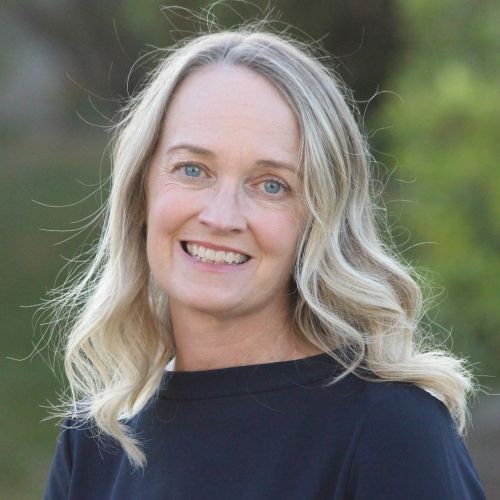
EMPH Academic Program Director with expertise in healthcare marketing, finance, and reproductive health policy, teaching in the EMPH, MPH, MHA program
Nationally recognized health services researcher and sociomedical scientist with 25+ years' experience in effectiveness and implementation research.

Professor of Community Health Sciences & Health Policy and Management, and Associate Dean for Research


